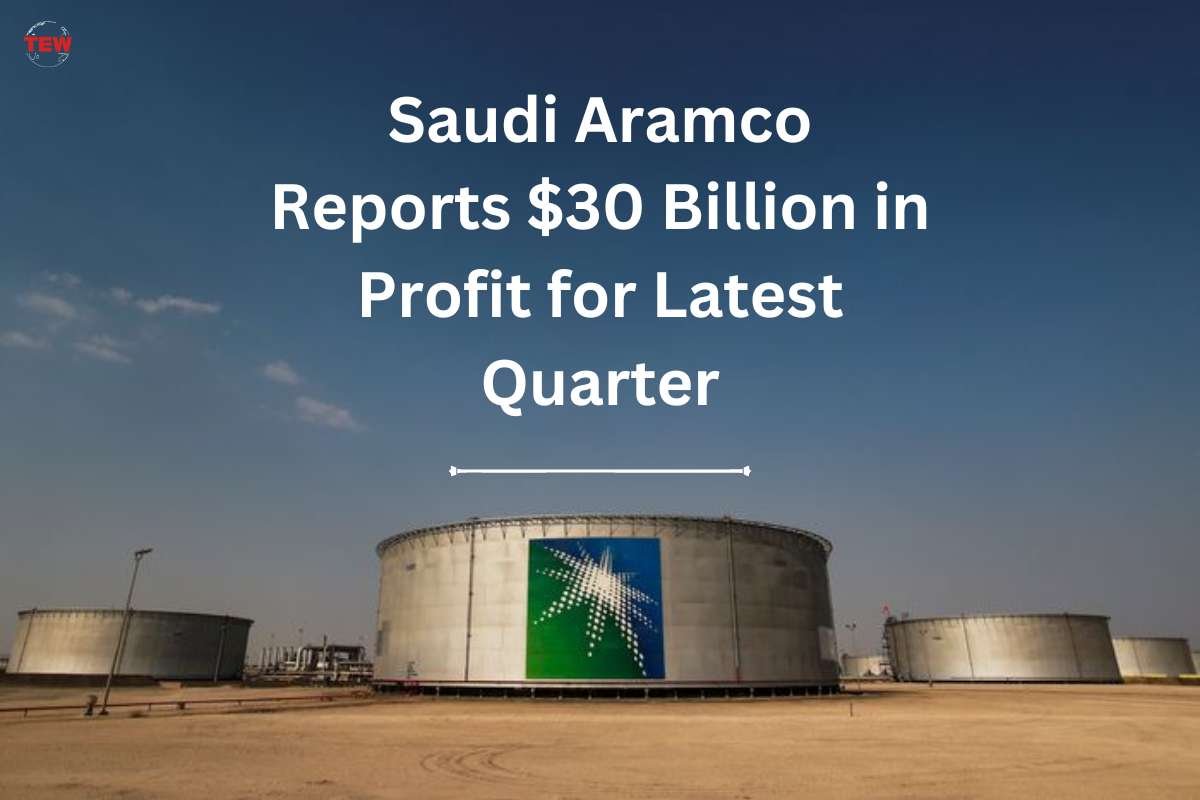Compared to a year ago, when high oil prices delivered record profitability, Saudi Aramco, the largest energy corporation in the world, announced an almost 40% decline in profit for the second quarter.
Aramco nonetheless made a significant amount of money between April and June, even with the lower profit (Exxon Mobil made $7.9 billion and Shell $5 billion), and $30 billion for the entire year.
The Numbers: Profits that fluctuate with the price of oil
Due in significant part to the drop in oil prices since last year, major energy businesses have been reporting reduced profits. According to Aramco, the average oil price in the second quarter was slightly under $79 per barrel, a decrease from around $113 during the same time last year. Following Russia’s invasion of Ukraine, oil prices spiked and have since gradually decreased.
Aramco reported a 12 percent increase in capital expenditures, a type of spending that implies investment in its operations, to $10.5 billion despite the decreased profitability.
Saudi Aramco beats quarterly profit forecast
A notable increase in shareholder compensation
In its earnings report, Aramco made headlines by announcing plans to increase dividend payments to shareholders. The firm announced it would pay an additional dividend based on the performance of the company in addition to its standard quarterly payout of $19.5 billion, up 4 percent from a year earlier. Payouts will continue over the following five quarters, totaling a little under $10 billion in the third quarter.
The Saudi government owns the majority of Aramco, and the company’s profits are a significant source of funding for the government.
RBC Capital Markets analysts called the increased dividend “the next logical step” and pointed out that Aramco was hoarding a lot of cash.
Investments are required for “energy security.”
Amin H. Nasser, the CEO of Aramco, emphasized in a statement the significance of additional investments in energy, including climate-friendly alternatives like “blue” ammonia, which is produced using renewable energy.
“Our outlook for the medium to long term has not changed. “Continuous investments in energy projects will be necessary to safeguard energy security with a recovery anticipated in the larger global economy along with increased activity in the aviation sector,” Mr. Nasser added. “At the same time, we remain optimistic about the potential for new technologies to reduce our operational emissions, and our recent shipments of blue ammonia to Asia highlight the growing market interest in the potential of alternative, lower-carbon energy solutions.”





